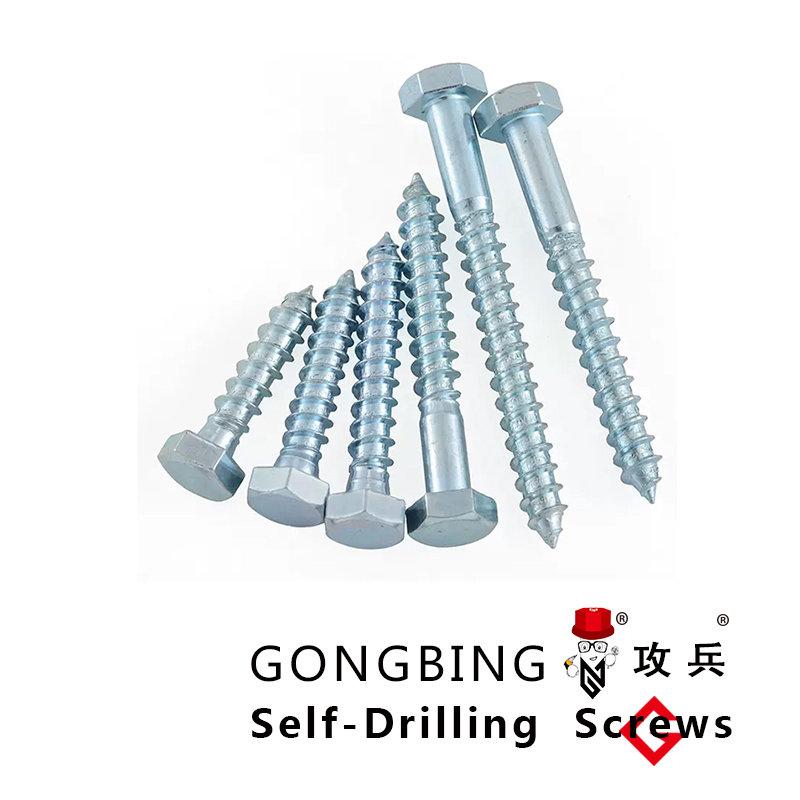continuously threaded rod
Understanding Continuously Threaded Rods Applications and Benefits
Continuously threaded rods are essential components widely used in various engineering and construction applications. These rods, characterized by their uniform threading that runs the entire length of the rod, cater to diverse requirements in mechanical assemblies, structural applications, and DIY projects. In this article, we delve into the features, applications, benefits, and considerations when using continuously threaded rods.
Features of Continuously Threaded Rods
Continuously threaded rods are typically made from materials such as stainless steel, carbon steel, or other metal alloys, ensuring high tensile strength and durability. The continuous threading allows for versatility in length and the ability to cut the rod to suit specific requirements. Furthermore, the threaded design provides a robust gripping surface for nuts and other fasteners, allowing for secure assembly when used with other components.
One notable feature is the availability of different thread sizes and pitches. This variety makes continuously threaded rods adaptable to numerous applications, whether for light-duty projects or heavy industrial uses. Additionally, these rods can be coated or treated for enhanced resistance to corrosion and wear, prolonging their lifespan and maintaining performance in various environments.
Applications of Continuously Threaded Rods
The applications of continuously threaded rods are vast, spanning multiple industries
1. Construction In construction, continuously threaded rods are used for anchoring structures, supporting scaffolding, and securing concrete forms. Their strength makes them ideal for creating tensioned structures, like bridges and retaining walls.
2. Automotive In the automotive industry, these rods can be found in various suspension systems, engine mounts, and as part of the chassis. Their ability to withstand significant loads and vibrations makes them suitable for these demanding applications.
3. Manufacturing Continuously threaded rods are widely used in manufacturing settings for assembly lines and in the production of machinery components. Their versatility allows for adaptability to numerous machinery designs, facilitating efficient production processes.
4. Furniture and DIY Projects For DIY enthusiasts and furniture makers, continuously threaded rods provide a strong solution for assembling parts of furniture, creating custom fixtures, or even as decorative elements in design. The ease of cutting to length means that they can be tailored for any specific application.
5. Telecommunications In telecommunications, threaded rods are crucial for mounting antennas and securing communication towers. Their reliability ensures that these structures remain stable under various environmental conditions.
Benefits of Using Continuously Threaded Rods
continuously threaded rod

The advantages of using continuously threaded rods include
- Strength and Durability Their robust design and material properties make them capable of withstanding significant loads, ensuring long-lasting performance.
- Versatility The ability to cut them to the desired length allows for flexibility in design and implementation across various applications.
- Ease of Use Threaded rods simplify the assembly process, as they can be paired with nuts and washers for easy fastening.
- Cost-Effectiveness Continuously threaded rods are an economical option for various applications, offering strength and reliability without a high price tag.
- Reduction of Parts As a single piece, they often eliminate the need for multiple fasteners, reducing assembly time and potential points of failure.
Considerations When Using Continuously Threaded Rods
While continuously threaded rods offer numerous benefits, there are some considerations to keep in mind
- Load Capacity It is vital to understand the load requirements of the application to select the appropriate size and material.
- Corrosion Resistance Depending on the environment in which the rods will be used, it may be necessary to choose coated or stainless-steel options to prevent rust and degradation.
- Proper Installation Ensuring the correct installation techniques are used is crucial for maximizing the strength and durability of the assembly.
In conclusion, continuously threaded rods are indispensable components in numerous fields due to their strength, versatility, and ease of use. As industries continue to evolve and demand innovative solutions, the role of these rods is likely to expand further, solidifying their place as essential elements in both simple and complex applications. Their ability to meet the diverse needs of modern engineering makes them a critical tool in any builder's or engineer's arsenal.
-
Weatherproof Plastic Expansion Anchors for OutdoorNewsJun.06,2025
-
Sustainability in the Supply Chain: Eco-Friendly TEK Screws ProductionNewsJun.06,2025
-
Load-Bearing Capacity of External Insulation FixingsNewsJun.06,2025
-
Double Head Bolts: Enhancing Efficiency in Industrial MachineryNewsJun.06,2025
-
Corrosion Resistance in Chipboard Screws: Coatings for Wholesale DurabilityNewsJun.06,2025
-
Butterfly Toggle Bolts : Enhancing Structural ResilienceNewsJun.06,2025
